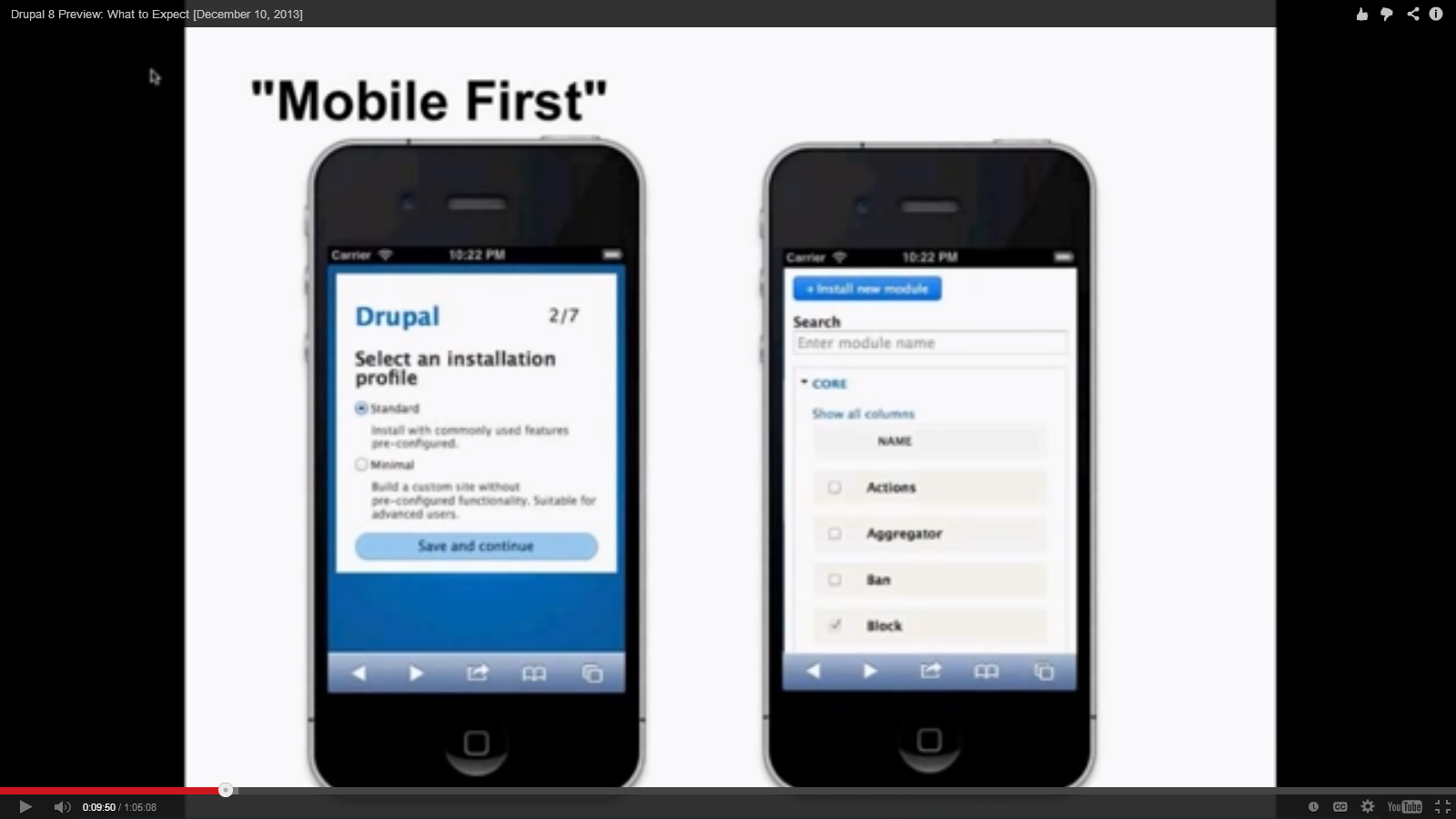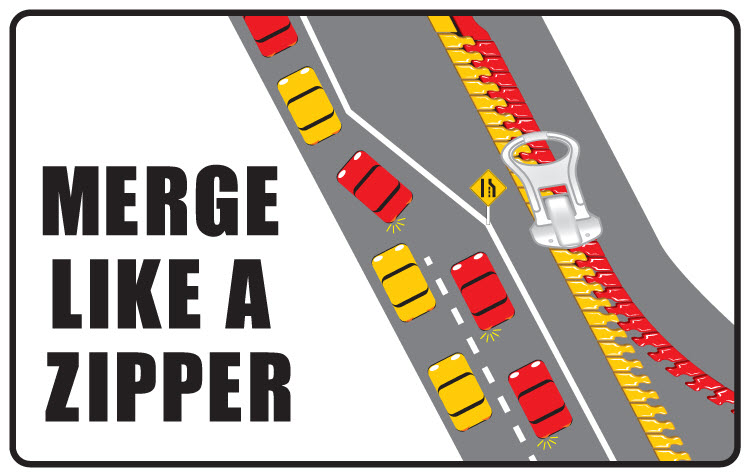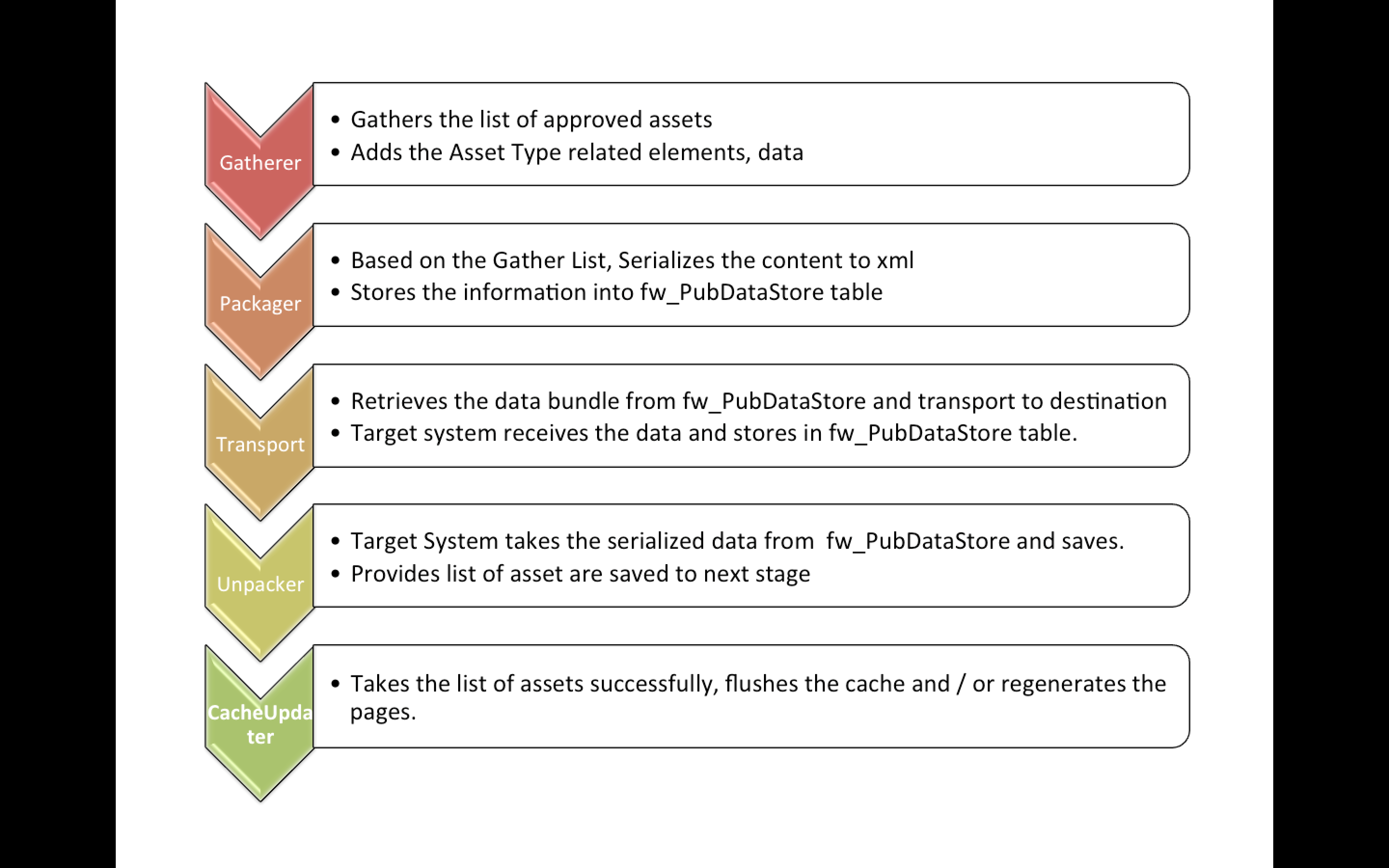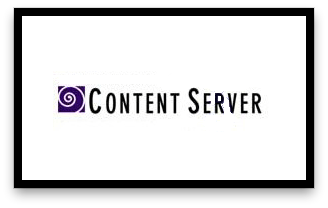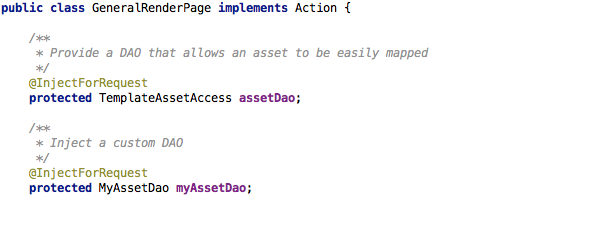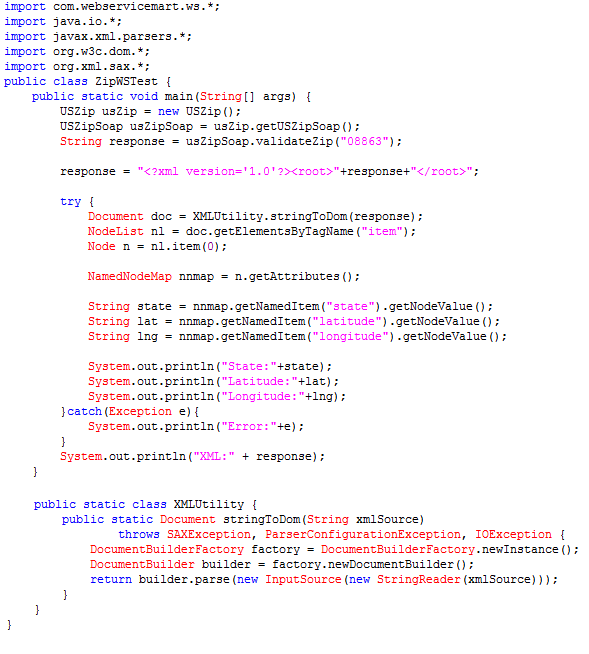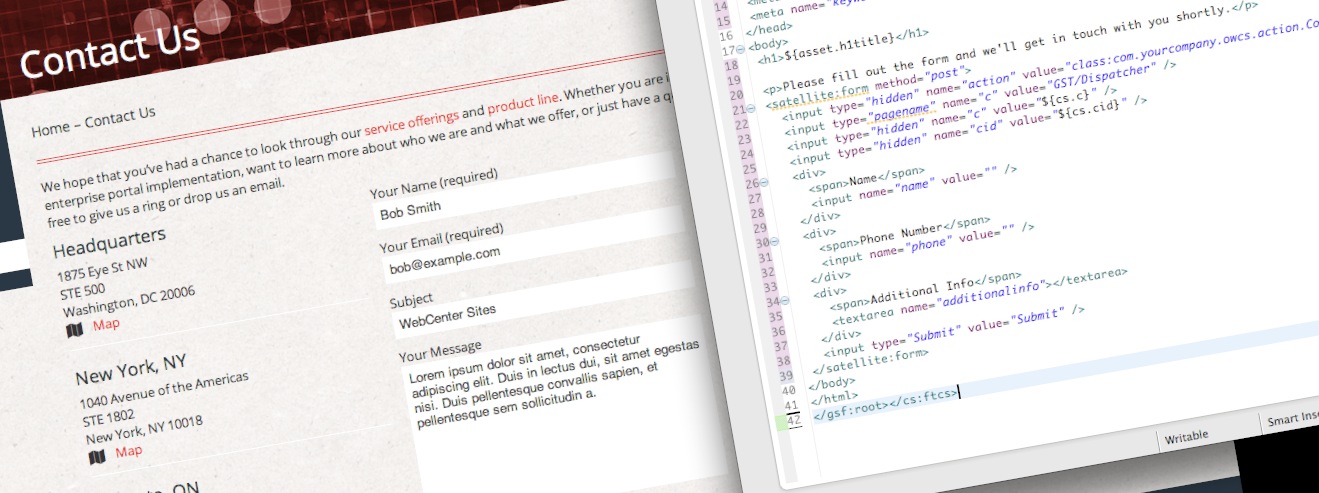Drupal 7 comes packed with functionality but what do you do when you want to implement some of those incredible visual elements that you see across the web? Cover flow like image galleries, fade animations, sliding page elements, smooth scrolling and other dynamic presentation effects can help push your site design to a whole other level.
Fortunately, Drupal 7 comes loaded with an answer in jQuery. jQuery is a lightweight JavaScript library which contains many common DOM, event, effects, and Ajax functions. While Drupal 7...


